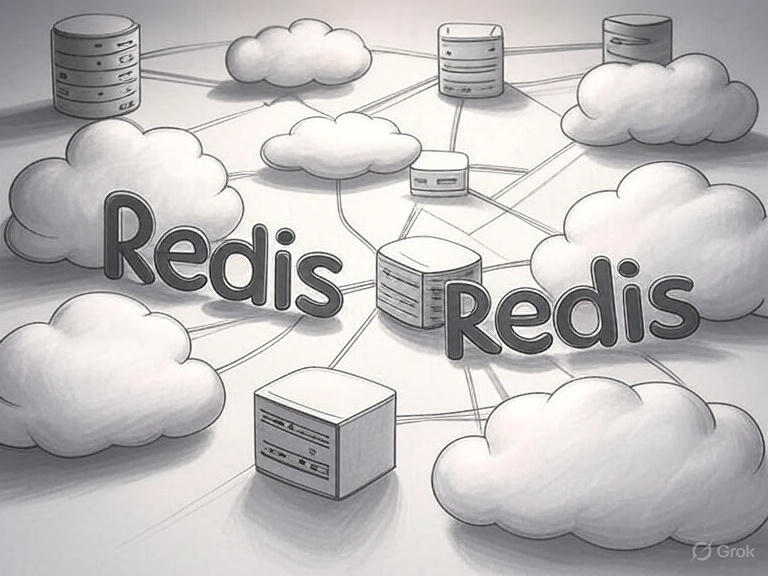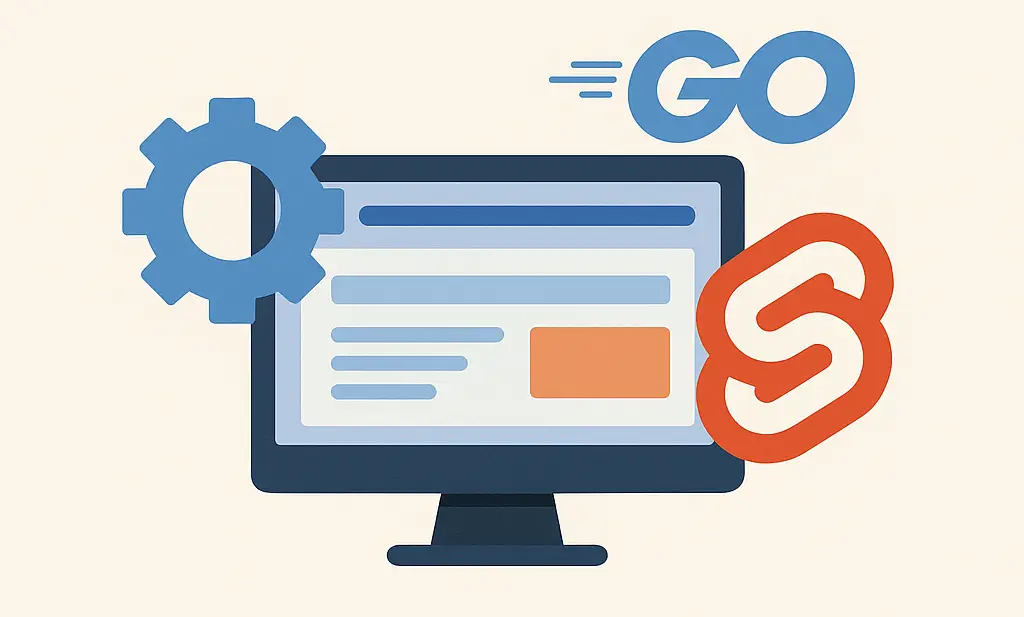Introduction
WordPress powers a significant portion of the web, renowned for its flexibility and ease of use. However, this popularity also makes it a prime target for cyber threats, leading to a variety of WordPress vulnerabilities.
Therefore, in this article, we’ll delve into these vulnerabilities, understand their implications, and explore effective strategies to safeguard your WordPress website.
As a web developer and SEO strategist, I’ve encountered numerous WordPress security challenges. Moreover, I have learned valuable lessons in protecting websites against these vulnerabilities. Now, let’s dive into what these vulnerabilities are and how you can prevent them.

Overview of WordPress Vulnerabilities
What Are WordPress Vulnerabilities? WordPress vulnerabilities refer to security weaknesses within a WordPress site that can be exploited by hackers. These vulnerabilities can range from outdated plugins and themes to weak passwords and incorrect file permissions. Consequently, the impact of such exploits can be devastating, ranging from data theft to complete site takeover.
Common Types of WordPress Vulnerabilities
1. SQL Injection
Firstly, SQL Injection is a type of vulnerability where an attacker can insert malicious SQL statements into input fields, manipulating your website’s database. This can lead to unauthorized access to sensitive data and website defacement. To prevent this, ensure that your plugins and themes are regularly updated and consider using prepared statements in your database queries.
2. Cross-Site Scripting (XSS)
Secondly, XSS vulnerabilities occur when an application includes untrusted data in a web page without proper validation or escaping, allowing an attacker to execute malicious scripts in a user’s browser. This can compromise user data and hijack user sessions. Employing proper data sanitization practices and content security policies can mitigate these risks.
3. Brute Force Attacks
Thirdly, brute force attacks involve repeated attempts to gain access to your site by guessing login credentials. These attacks can be mitigated by implementing strong passwords, limiting login attempts, and using two-factor authentication.
4. File Inclusion Exploits
Additionally, file inclusion vulnerabilities allow attackers to include files on a server through the web browser. This can lead to remote code execution and data theft. Keeping your WordPress core, plugins, and themes updated is crucial in preventing these vulnerabilities.
5. Cross-Site Request Forgery (CSRF)
Finally, In CSRF attacks, unsuspecting users are tricked into performing actions they didn’t intend to on a website where they’re logged in. Using nonces in WordPress forms can significantly reduce the risk of CSRF attacks.
Securing and Fixing WordPress Vulnerabilities: Recommended Solutions for Your Website
Server Configurations for Enhanced WordPress Security
Securing your WordPress site begins at the server level. Here are some recommended server configurations to enhance security:
- Use the Latest PHP Version: Always ensure your server is running the latest version of PHP. Older versions may contain security vulnerabilities that are exploited by attackers.
- Implement HTTPS: Use SSL/TLS certificates to secure all data transfers. HTTPS is not only good for security but also beneficial for SEO. Additionally, enabling HTTP/2 on your WordPress site can further enhance performance and security. Check out my detailed guide on how to enable HTTP/2 on WordPress with Apache.
- Disable File Editing: In the WordPress dashboard, disable the ability to edit plugins and themes. This can be done by adding
define('DISALLOW_FILE_EDIT', true);in your wp-config.php file. - Configure Proper File Permissions: Set the correct file permissions on your server. Directories should be set to 755 and files to 644 to protect against unauthorized access.
- Server Firewall: Use a web application firewall (WAF) at the server level to block malicious traffic before it reaches your WordPress site.
- Change the Default Database Prefix: A standard WordPress installation uses ‘wp_’ as the prefix for its database tables. However, changing this to a unique and unpredictable prefix adds an extra layer of security. It helps protect your website against SQL injection attacks by making your database structure less obvious to hackers. While it’s a small change, it can significantly reduce your site’s vulnerability.
- Install and configure fail2ban: Detailed installation and configuration instructions about what is fail2ban and how to use it.
WordPress Security Plugins
Enhance your WordPress site’s security with these plugins:
- Wordfence Security: Provides firewall protection, malware scan, blocking, live traffic, and more.
- Sucuri Security: Offers security activity auditing, file integrity monitoring, and malware scanning.
- SolidWP (formerly iThemes Security): Helps fix common vulnerabilities and automated attacks.
- All In One WP Security & Firewall: A comprehensive, easy-to-use, stable, and well-supported WordPress security plugin.
- Login LockDown: Limits the number of login attempts from a given IP range within a certain time period.
- WP fail2ban: reject IP addresses attempting unauthorized access.
Conclusion
WordPress security is an ongoing process, not a one-time setup. Regularly updating your WordPress, themes, plugins, and staying informed about the latest security threats is crucial. Remember, the best defense against WordPress vulnerabilities is a proactive approach to security.
Need help?
If you found this guide helpful, follow me for more insights and tips on WordPress and web security. Additionally, if you’re looking for a professional to evaluate and secure your WordPress site, don’t hesitate to contact me. I offer personalized services to ensure your website remains secure against the ever-evolving web threats.



One comment on “Understanding and Protecting Against WordPress Vulnerabilities”